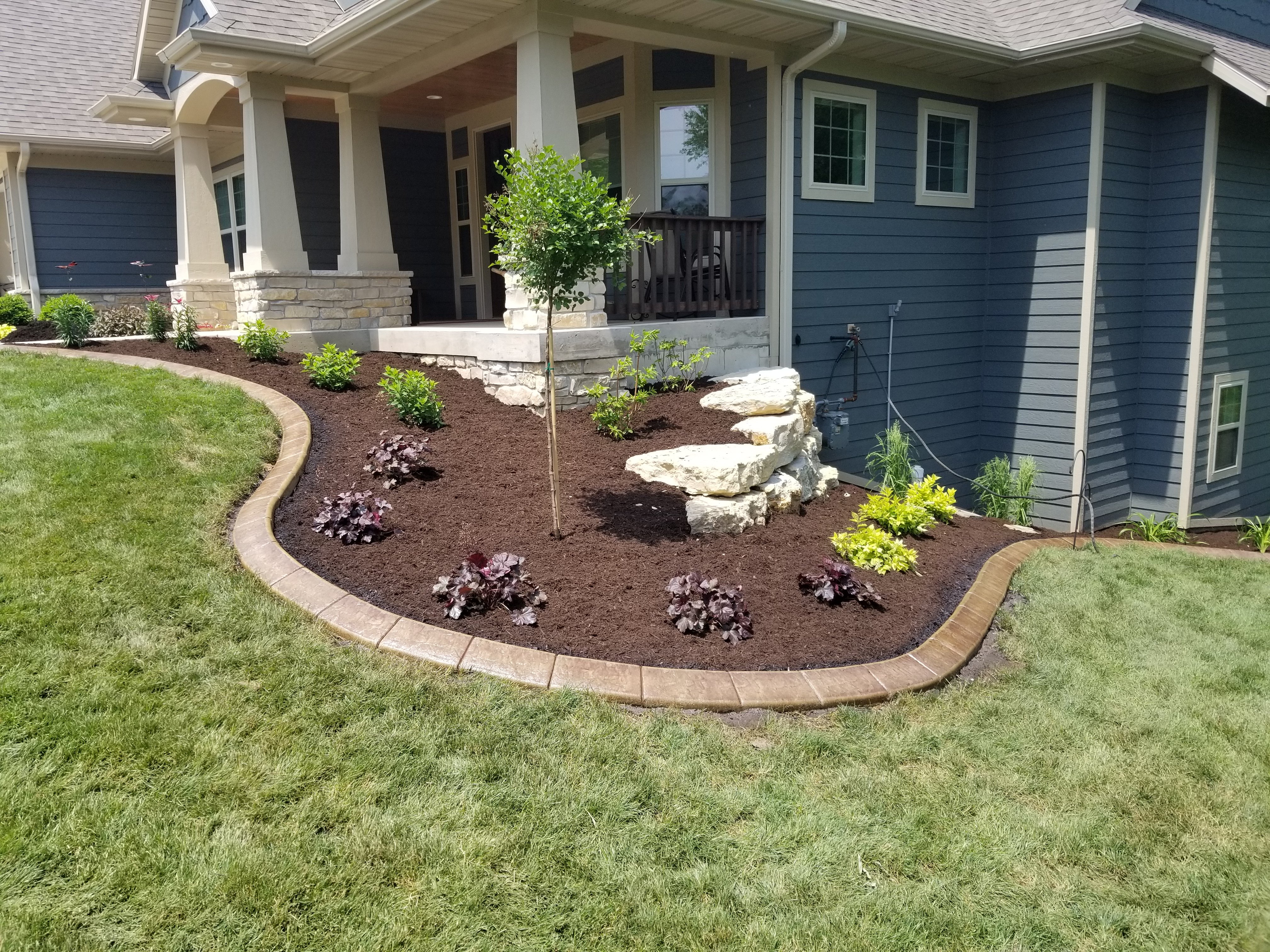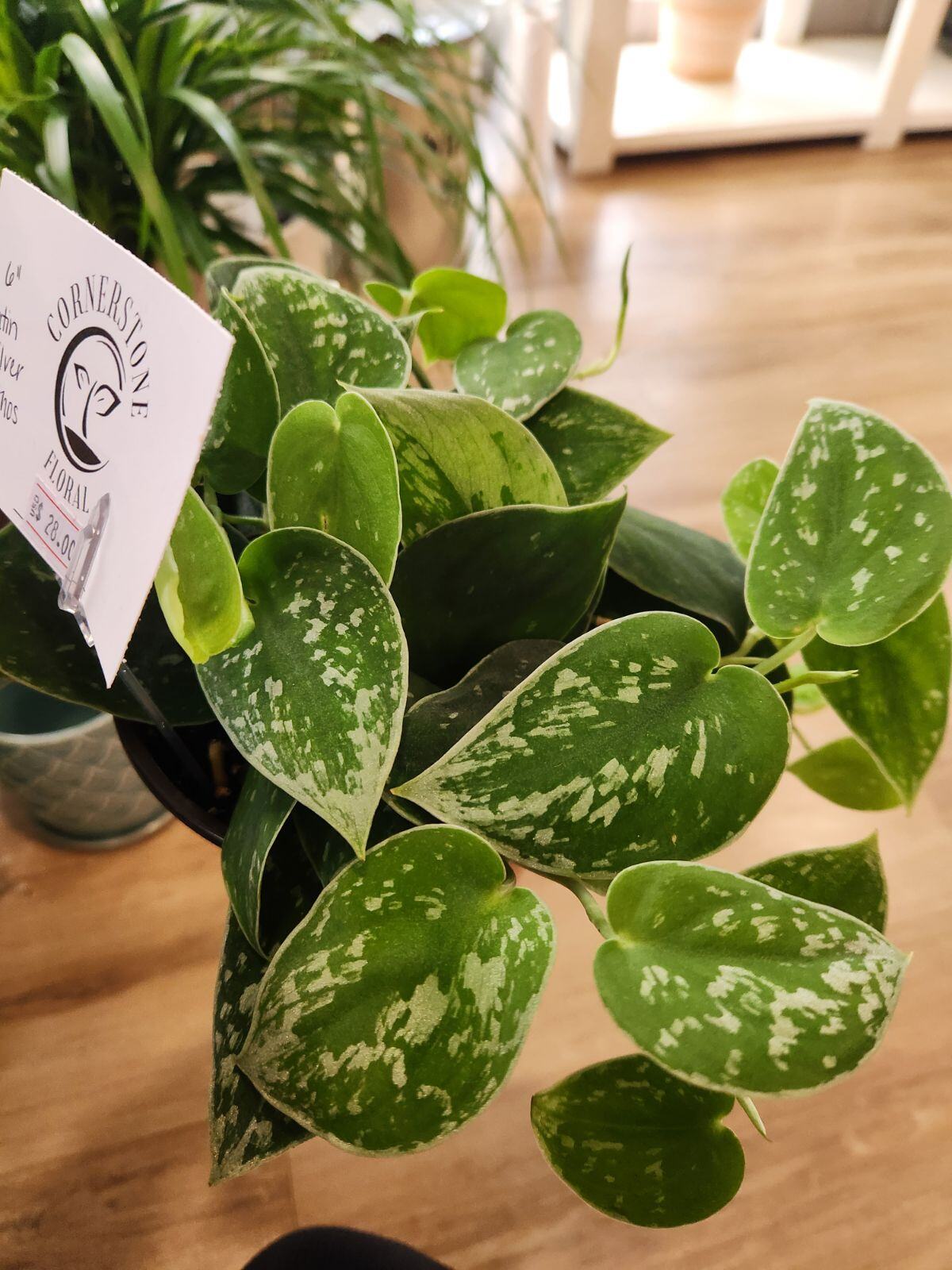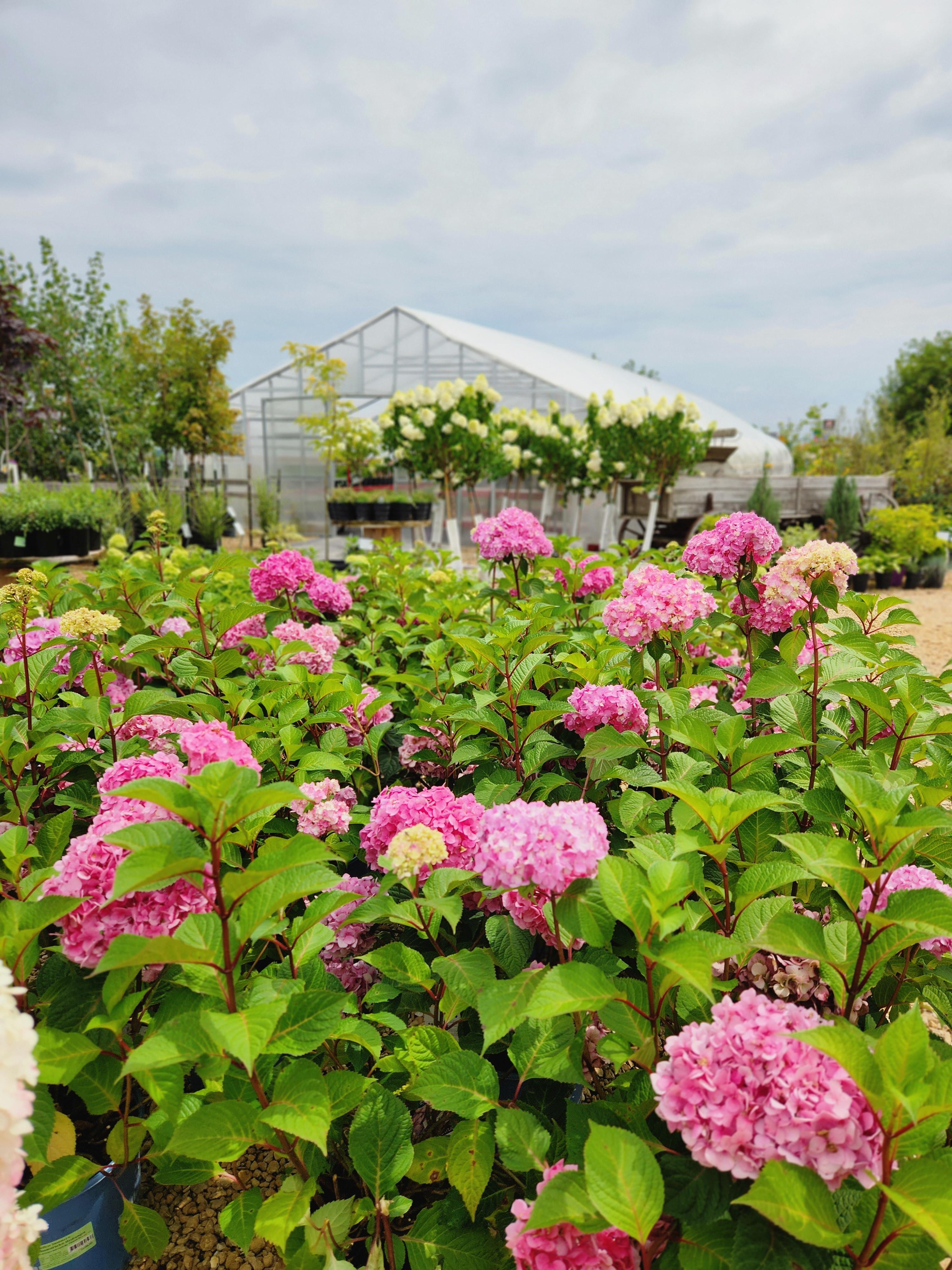Plant Parenting 101: Indoor Plants
Indoor Plant Parenting
-for beginners-
Even if you don’t have a green thumb!
Basics:
All plants need light, water, and nutrients to live. We’ve made a list of the easiest plants to start your
collection and bring a touch of the calming outdoors indoors! Plants make great home decor, lift spirits,
and clean the air.
All the plants listed below thrive in medium-high light level and do best in 60-85° F. Keep your plant in a
draft-free spot and keep on a watering schedule that you can stick with.
Our Go-To Plants:
Split Leaf Philodendron
Spider Plant
Pothos
Rubber Plant
Prayer Plant
Snake Plant
Fiddle Leaf Fig
Fertilizer:
Fertilizer is also recommended since these plants are growing in environments different than their native
habitat. Fertilizer gives the plant a boost of nutrients for a well-balanced diet to continue healthy growth.
> It is important to not over-feed your plant with fertilizer. Only feed based on what the packaging says
to do. Make sure you’re purchasing a fertilizer formulated specifically for house plants. Only apply
fertilizer during the warmer months when the plant is actively growing.
Watering:
One of the most common mistakes that beginners make is overwatering, which can lead to root rot or other
diseases. Stick your finger into the soil 1 to 2 inches deep. Water your plants if the soil feels dry. Allow soil
to dry out somewhat in between watering.
Clean Leaves:
Dust can accumulate on foliage, making it look dull and impeding a plant’s ability to absorb light through its
leaves. Refresh plants periodically by rinsing foliage in a sink or wipe down with a damp cloth.
Controlling insects and diseases:
Inspect leaves periodically to check for insect pests. Common houseplant pests include aphids, mealy
bugs, scale, spider mites, and fungus gnats. Rinse leaves with water or use a cotton swab and rubbing
alcohol to remove pests. Common houseplant diseases include powdery mildew, root rot, and leaf spot.
Remove affected leaves, reduce watering and provide better air circulation.



